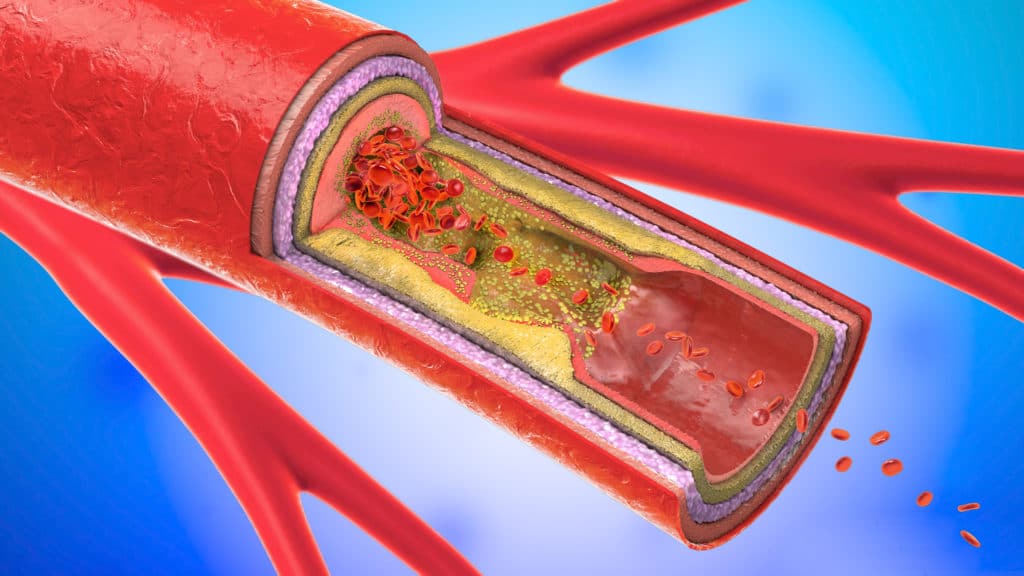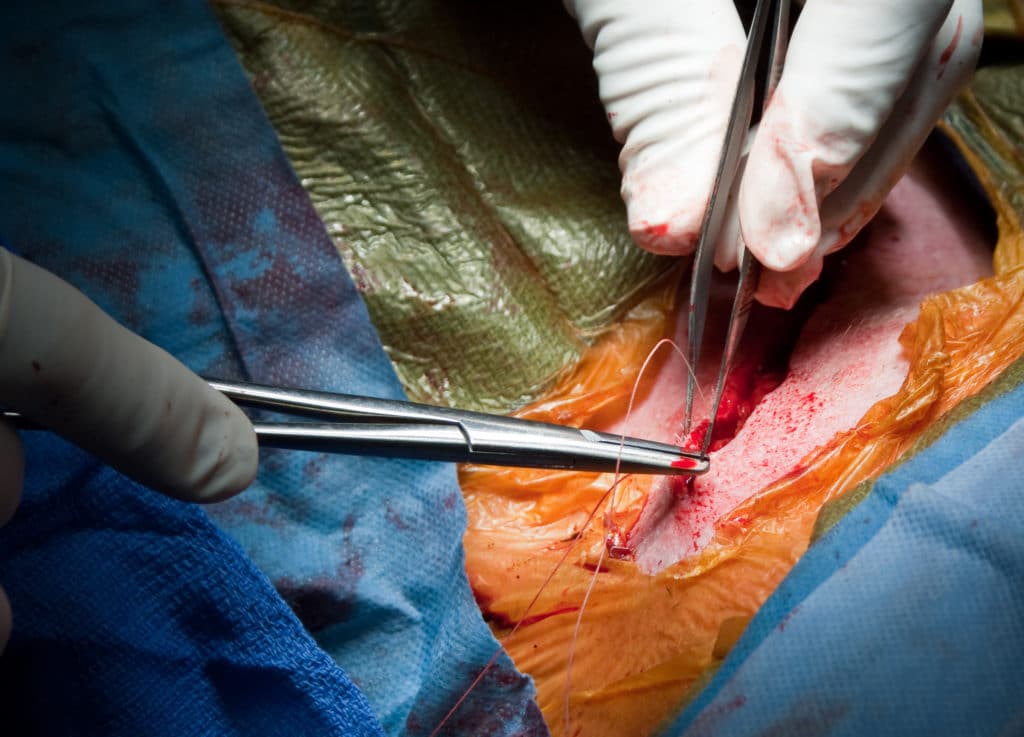Carotid artery disease blocks the arteries to the brain and is a leading cause of stroke. Dr. Zakhary has vast experience in treating carotid artery disease. Dr. Zakhary is board certified in vascular surgery and general surgery. He has completed 7 years of formal surgical training including a vascular and endovascular surgery fellowship at Baylor University.
The most common treatment for carotid stenosis is carotid endarterectomy. Successful treatment involves good pre-operative diagnosis and workup, good operative technique, and good perioperative care. Dr. Zakhary provides all three of these components of care which results in excellent surgical outcomes.
- Click here to learn the symptoms and risk factors associated with carotid artery disease.
Carotid artery disease symptoms
5In its early stages, the patient typically won’t have any signs or symptoms. In many cases, the first signs will be a stroke or transient ischemic attack (TIA), a temporary shortage of blood flow to the brain.
These are signs and symptoms of a stroke or TIA:
- Sudden numbness or weakness in the face or limbs, often on only one side of the body
- Sudden trouble speaking and understanding
- Sudden vision problems in one or both eyes
- Sudden dizziness or loss of balance
- Sudden, severe headache with no known cause

What is Carotid Artery Disease?
Carotid artery disease occurs when fatty deposits known as plaques begin to constrict the space in the artery leading to the brain. If the constriction reaches the point where a blockage occurs in the carotid arteries, this increases the person’s risk of stroke, which happens when the blood supply to the brain is interrupted or seriously reduced.
Carotid artery disease is the increasing buildup of plaques in these arteries. It develops slowly and may or may not exhibit any telltale signs before causing a stroke.
How does Dr. Zakhary diagnose carotid artery disease?
When examining you in our Glendale offices, Dr. Zakhary will thoroughly go through your medical history and perform a physical exam. He’ll listen for a swooshing sound over the carotid artery in your neck. This sound is characteristic of a narrowed artery. From there, he’ll likely test your physical and mental capabilities, looking at strength, memory, and speech.
- Ultrasound to assess blood flow and pressure through the carotid arteries
- CT or MRI to look for evidence of stroke or to look for abnormalities
- CT or MR angiography to investigate blood flow
What are the benefits of Carotid Endarterectomy?
What is the benefit of not having a stroke or TIA? These surgeries with Dr. Zakhary are very successful. Carotid endarterectomy surgery has been shown to reduce the risk of stroke by up to 80 percent in people at the greatest risk. These are patients who have previously had at least one stroke or a TIA, sometimes known as a mini-stroke, or who have a severe blockage of the carotid artery (70 percent blockage or greater).
These surgeries also are very effective for lowering the risk of a first-time stroke. These people have not had a stroke or a TIA, but they have significant blockage (50 to 70 percent) in the carotid artery. In these cases, an endarterectomy reduces the risk of stroke by over 50 percent.
For patients with this degree of blockage, medication and lifestyle changes likely have not been successful in reducing plaque buildups. In other patients, the blockage simply needs immediate attention, so other conservative treatments aren’t an option.
This is also a safe and enduring procedure. Serious postoperative complications occur in only 2-3 percent of patients. Plus, with follow-up care and changes in lifestyle, the carotid arteries cleared with an endarterectomy can remain clear for years without any need for additional treatments.
Am I a good candidate for a carotid endarteretomy?
Candidates for an endarterectomy with Dr. Zakhary generally have worked through lifestyle changes and medication to try and clear their arteries at least to the degree of keeping them from becoming blocked. But when the blockage is advanced or if the patient has already had a transient ischemic attack, they are prime candidates for carotid endarterectomy. This surgery will remove plaque that is clogging the artery and restore full blood flow to the brain.
What Does a Blocked Carotid Artery Feel Like?
It’s unlikely that you’d feel any noticeable symptoms should you develop carotid artery disease. The precursor to this condition, atherosclerosis, also gives few clues, if any, to the health consequences that could occur without treatment. Generally, a blocked carotid artery is not discovered until a person has had a transient ischemic attack (TIA) or a stroke.
Rather than wait for clues to the presence of a blocked carotid artery, it may be beneficial to know your risk factors. If you’ve been diagnosed with atherosclerosis, also known as narrowing or “hardening” of the arteries, you may want to talk to your doctor about a carotid artery screening. You may also want to talk to your doctor about screening if you have other risk factors, such as obesity, diabetes, high blood pressure, sleep apnea, or smoking.
Does Carotid Endarterectomy Cure Carotid Stenosis?
Carotid endarterectomy is a proven, trusted surgical treatment that removes the plaque from the blocked artery. The purpose of this procedure is to unblock the artery, which is does very well. That said, the treatment is aimed at eliminating the blockage, not on reversing the conditions that caused it. After you have a carotid endarterectomy, it will be important that you work alongside your doctor to reduce your risk factors for atherosclerosis and further narrowing of all of your blood vessels.
Is Carotid Angioplasty and Stenting a Better Treatment for Me Than Carotid Endarterectomy?
When you consult with Dr. Zakhary regarding treatment for a blocked carotid artery, he will discuss your treatment options as they are suited to your situation. Each of the available procedures, angioplasty and stenting and carotid endarterectomy, has advantages and disadvantages.
Carotid angioplasty and stenting is a minimally invasive procedure in which a thin, flexible tube (catheter) is inserted into the artery from a starting point in the leg or wrist. The catheter is progressed to the point of the blockage, where its balloon tip is carefully inflated. This opens the artery by compressing the plaque buildup. At the same time, a fine metal stent may be inserted to maintain the structure of the opened artery. Angioplasty and stenting can be very effective. However, it may require the placement of a “trap” downstream of the stent. The trap is intended to catch any small pieces of plaque that break off from the artery.
While the procedure is minimally invasive and generally thought to be effective, studies indicate that some patients are better served by carotid endarterectomy than angioplasty and stenting. The doctor must take multiple factors into consideration to determine which approach would be best for you.
What is recovery like after a Carotid Endarterectomy?
Most patients will have some soreness in their neck that lasts about two weeks. Most patients can return to normal activities in three to four weeks, but it’s really a matter of how you feel: it could be sooner. You shouldn’t drive until your incision is healed because you want to be able to turn your head without discomfort. Some patients will have some numbness along the jaw and near the earlobe. This is caused by the incision, but this resolves in time, usually somewhere after six months.
When examining you in our Glendale offices, Dr. Zakhary will thoroughly go through your medical history and perform a physical exam. He’ll listen for a swooshing sound over the carotid artery in your neck. This sound is characteristic of a narrowed artery. From there, he’ll likely test your physical and mental capabilities, looking at strength, memory, and speech.
- Ultrasound to assess blood flow and pressure through the carotid arteries
- CT or MRI to look for evidence of stroke or to look for abnormalities
- CT or MR angiography to investigate blood flow
Carotid artery disease treatment
Lifestyle changes such as losing weight, eating a healthier diet, regular exercise, and quitting smoking could all be the first line of treatment. But often the patient has already had a TIA or stroke. In these cases, it’s necessary for Dr. Zakhary to remove the blockage from the artery. This can be done two ways:
- Carotid endarterectomy — If the blockage is severe, this is the most common approach. Here, Dr. Zakhary makes an incision along the front of the patient’s neck to gain access to the carotid artery.

- He then opens the blocked artery and manually removes the plaque buildup. He then closes the incision with stitches or a graft.
- Carotid angioplasty and stenting — In some patients, the area with the blockage is too difficult to reach or the patient’s health concerns make surgery overly risky. In these cases, Dr. Zakhary inserts a catheter into an artery in the patient’s groin and threads it upward all the way to the blockage in the neck. The catheter carries a tiny balloon that is now advanced out of the end. The balloon is then inflated to widen the artery, flattening the plaque against the outer walls. To keep the artery open, a small wire mesh coil, called a stent, is inserted to provide support to the artery walls.

Schedule Your Consultation Today
If you're interested in learning more about carotid endarterectomy please contact us for a consultation at (623) 258-3255 or fill out our contact us form. We will discuss your needs and concerns, and determine your best course of action.
